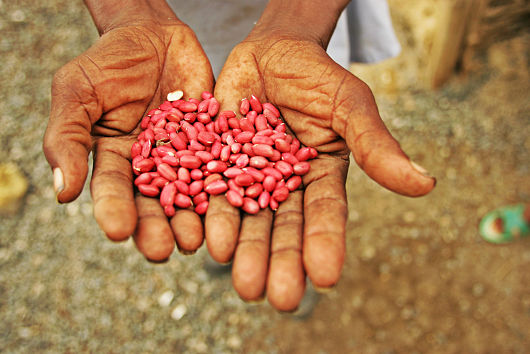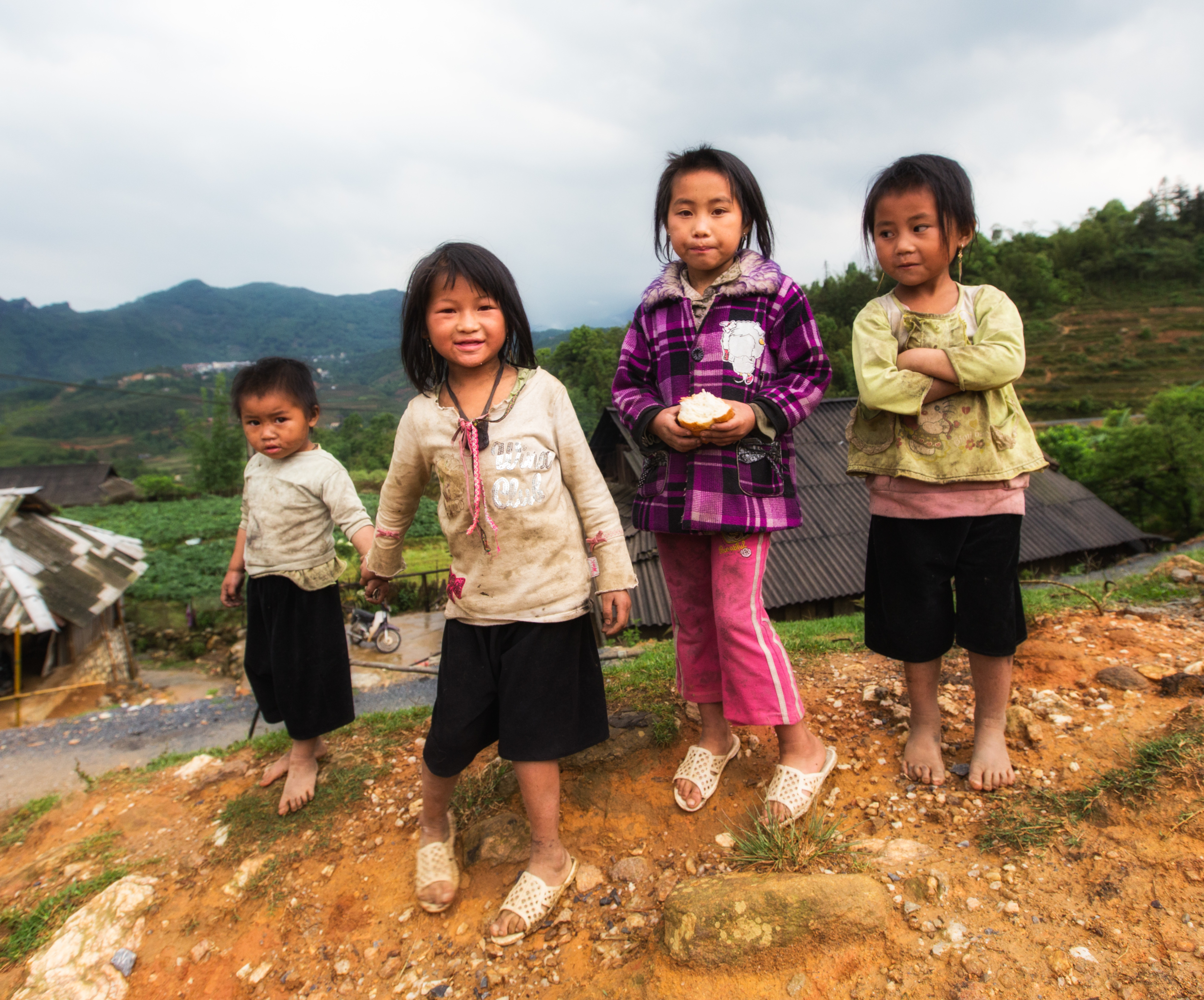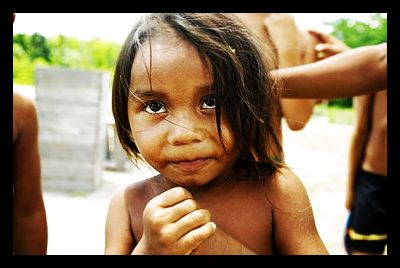
A recent collaboration among the Food and Agriculture Organization of the United Nations, the International Fund for Agricultural Development, or IFAD, and the World Food Programme yielded a publication titled, “The State of Food Insecurity in the World.” This document analyzes the current statistics regarding the number and location of the world’s hungry and these ten statistics reflect the most updated state of the world’s hungry populations.
1. There are 795 million people around the world who are undernourished, down by 167 million in the last decade.
According to the publication, 780 million people out of the 795 million are located in underdeveloped regions, namely Sub-Saharan Africa and Southern Asia, two areas in which severe hunger is most prevalent.
2. WFP estimates that $3.2 billion is needed each year to feed all 66 million hungry school-age children.
Hunger is one of the leading causes of death in developing countries, particularly in young children under the age of 5. Increasing the U.S. foreign aid budget could drastically improve the lives of millions of hungry children.
3. About 1.3 billion tons of food, roughly one-third of all food produced, is wasted.
When all of this food is not consumed, the one in eight people in the world who go hungry every day are stripped of the chance to get a life-saving meal.
4. This year, 29 countries have achieved the World Food Summit’s goal to halve the number of undernourished people in their populations.
The countries who reached this goal: Angola, Armenia, Azerbaijan, Brazil, Cameroon, Chile, China, Cuba, Djibouti, Dominican Republic, Gabon, Georgia, Ghana, Guyana, Kuwait, Kyrgyzstan, Mali, Myanmar, Nicaragua, Oman, Peru, Saint Vincent and the Grenadines, Samoa, São Tomé and Príncipe, Thailand, Turkmenistan, Uruguay, Venezuela and Vietnam.
5. More than 80 percent of the world’s most food-insecure people live in countries prone to natural disasters with high levels of environmental degradation.
Areas that are likely to have hurricanes, floods, earthquakes and other destructive events are consequently more prone to collapsed cities, destroyed farmlands and polluted water sources. These consequences directly impact the availability of food in these regions.
6. A total of 72 developing countries out of 129, or more than half the countries monitored, have reached the Millennium Development Goal 1c hunger target.
The MDG relating to hunger takes into account both the prevalence of undernourishment in the specified country, as well as the proportion of underweight children under the age of 5. According to the FAO report, “In many countries that have failed to reach the international hunger targets, natural and human-induced disasters or political instability have resulted in protracted crises with increased vulnerability and food insecurity of large parts of the population. In such contexts, measures to protect vulnerable population groups and improve livelihoods have been difficult to implement or [are] ineffective.”
7. Western Asia and Sub-Saharan Africa are the only two regions in the world where the number of hungry people has increased since the 1990 study by the WFP, according to “The State of Food Insecurity in the World.”
In Western Asia, there were eight million people undernourished in 1990, and this number has increased to 19 million this year. In Sub-Saharan Africa, the number of undernourished people has increased from 176 million in 1990 to 220 million in 2015.
8. Poor nutrition causes nearly half (45 percent) of deaths in children under 5, or 3.1 million children each year.
It is estimated that nearly 8,000 of these deaths are tied to hunger. Approximately one child dies every 10 seconds.
9. Nearly one in every five people survive on less than $1.25 a day.
Approximately 80 percent of this small amount is used to buy food for an entire family. This leaves very little room for buying other necessities such as health care, clothes and shelter.
10. The main cause of hunger is poverty.
According to The Hunger Project, “Poverty, food prices and hunger are inextricably linked. Poverty causes hunger. Not every poor person is hungry, but almost all hungry people are poor. Millions live with hunger and malnourishment because they simply cannot afford to buy enough food, cannot afford nutritious foods or cannot afford the farming supplies they need to grow enough good food of their own. Hunger can be viewed as a dimension of extreme poverty. It is often called the most severe and critical manifestation of poverty.”
– Hanna Darroll
Sources: Food and Agricultural Organization, World Food Programme 1, World Food Programme 2, World Food Programme 3, 30 Hour Famine, The Hunger Project
Photo: Cross Catholic Field Blog
 The following are ten poverty statistics that any advocate should know and be able to share with others. They describe the global poverty situation:
The following are ten poverty statistics that any advocate should know and be able to share with others. They describe the global poverty situation:




